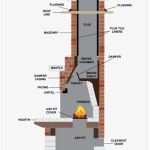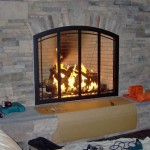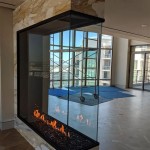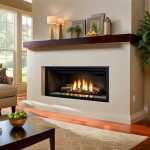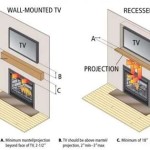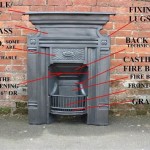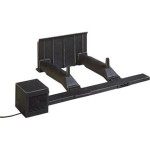Adding a Gas Fireplace to Your Basement: Essential Aspects to Consider
Transforming your basement into a cozy and inviting space can be effortlessly achieved with the addition of a gas fireplace. However, embarking on this project requires careful planning and consideration of several crucial factors to ensure a safe and aesthetically pleasing outcome.
1. Ventilation and Combustion Air
Gas fireplaces release carbon monoxide and other gases during operation, necessitating adequate ventilation. A properly sized and installed venting system is essential to direct these gases safely outdoors. Additionally, combustion air is required to fuel the gas fireplace, which must be supplied from outside the home to prevent indoor air depletion.
2. Electrical Requirements
Most gas fireplaces require electricity for ignition, operation, and remote control features. The electrical wiring should be performed by a licensed electrician to ensure proper installation and compliance with building codes. The electrical requirements vary depending on the specific fireplace model and its features.
3. Gas Line Installation
A dedicated gas line is necessary to supply fuel to the gas fireplace. The gas line should be installed by a licensed gas fitter and meet all safety standards. The size of the gas line will depend on the BTU rating of the fireplace, which determines the amount of gas it consumes.
4. Fireplace Surround and Mantel
The fireplace surround and mantel serve as both decorative elements and functional components. The surround frames the fireplace opening, while the mantel provides a shelf for displaying items or placing accessories. Choose materials that complement the design of your basement and withstand the heat generated by the fireplace.
5. Safety Features
Gas fireplaces are equipped with various safety features to prevent accidents and ensure homeowner safety. These features may include flame sensors, carbon monoxide detectors, and overheat protection systems. Proper installation and maintenance are crucial to ensure these safety features function effectively.
6. Professional Installation
While DIY enthusiasts may attempt to install a gas fireplace themselves, it is highly recommended to hire a qualified professional for the task. Certified installers have the expertise and experience to perform the installation safely, meeting all building codes and manufacturer's specifications.
7. Maintenance and Inspections
Regular maintenance and inspections are essential for the safe and efficient operation of a gas fireplace. Annual inspections by a licensed gas fitter can identify and address any potential issues or safety hazards. Periodic cleaning and service can extend the lifespan of your gas fireplace and ensure it continues to provide warmth and ambiance for years to come.

Netnewsledger Things To Consider When Adding A Fireplace Your Basement

Fireplace In Basement 101 Everything Homeowners Must Know

Will A Fireplace Heat Basements We Love Fire

Fireplace In Basement 101 Everything Homeowners Must Know

Basement Fireplaces Builders

Will A Fireplace Heat Basements We Love Fire

Fireplace In Basement 101 Everything Homeowners Must Know

How To Install A Gas Fireplace With Tile Surround And Wood Mantel Sima Spaces

How To Install A Gas Fireplace With Tile Surround And Wood Mantel Sima Spaces

7 Mistakes To Avoid During A Basement Fireplace Construction


